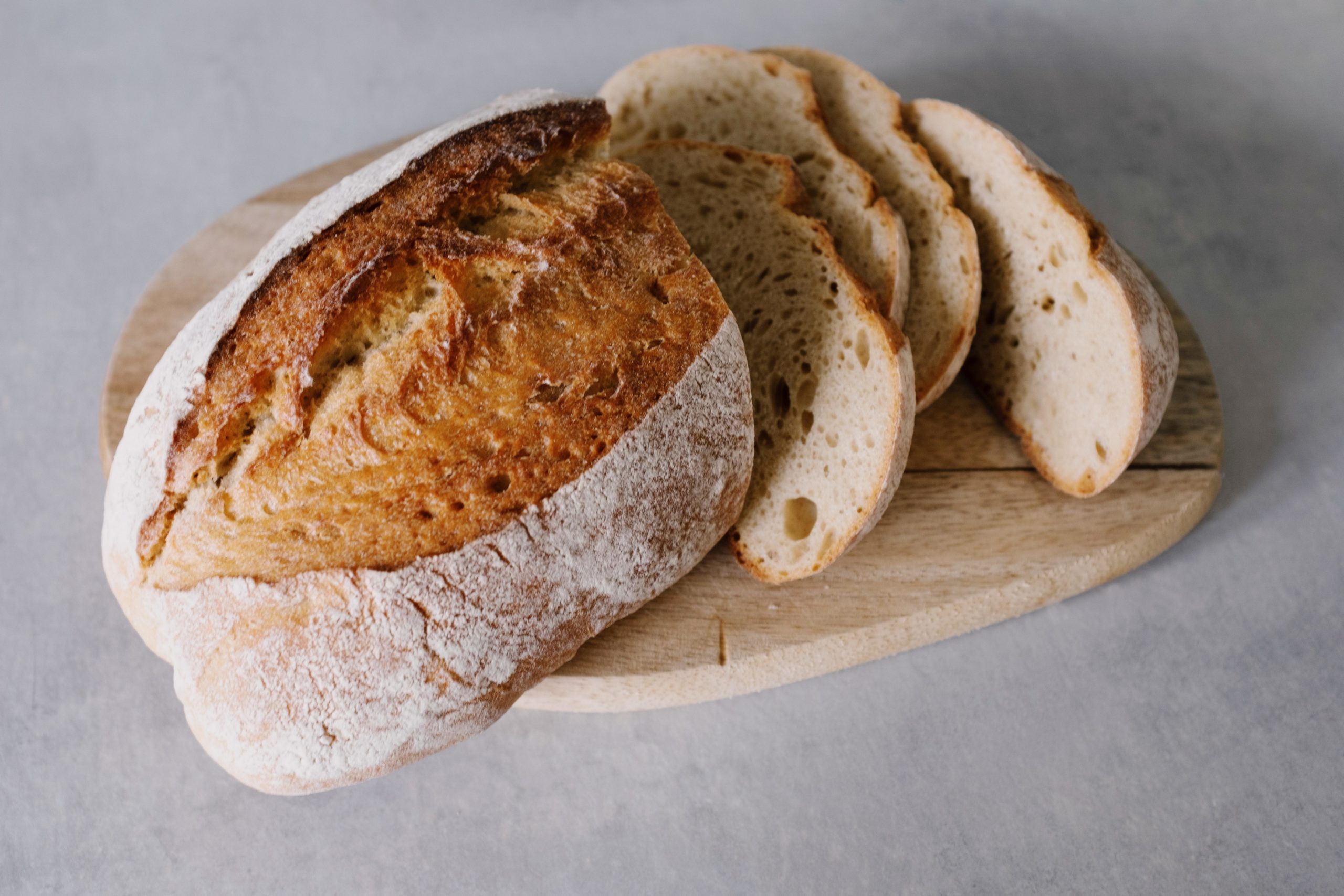Create Safe Stairways with Balustradin
Safety is of paramount importance across residential and commercial buildings as homeowners and companies should be able to carry out daily operations without any concern for their health or wellbeing. While utility systems and electrical appliances can cause their own unpreventable hazards, the structural work and foundations of a building are integral to its overall safety. Using the correct materials and equipment during the construction process provides the sturdiness and solidity expected of a building to be adequately utilised as a home or company premises.
Although potential hazards and risks are existent with many walks of life, the workplace is arguably the most prominent environment for which people’s safety is most at risk. From slips, trips and falls caused by strewn boxes or unattended spillages to not using the correct clothing or equipment to carry out a job, Such hazards can not only mean either employers or employees fail to adhere to health and safety legislation, but also result in variable levels of injury that cause physical and emotional stress.
Buildings with more than one floor are naturally constructed with a form of access to effectively allow people to get to their intended floor. Stairs have long remained the traditional choice of installation which not only provides access and fire escape routes to each floor, but also gives an element of exercise to those walking up or down stairs.
Whether they are traditional straight flights, helical, spiral or box staircases, handrails should be considered an essential installation. Although certain people do not necessarily hold onto handrails whilst walking up or down a flight of stairs, balustrading is integral to the overall solidity, sturdiness and safety aspect. In many cases the handrails form an integral part of the compliance to DDA building regulations. They provide an effective protective barrier from the outer edge of stairways which help to prevent people falling off and causing serious injury. Handrail systems form fitted with glass panels or other forms of metal infills between each baluster connected to the main structure of stairways form an essential part of users protection.
Balustrading is particularly appreciated by people who suffer from mobility problems or joint deficiencies and require a sturdy handrail to effectively negotiate a set of stairs. This is particularly appreciated within buildings that do not have elevators or lifts installed. In such cases there are many relevant building standards and regulations which must be adhered to from balustrade height through to handrail diameter and termination on landings, etc.


